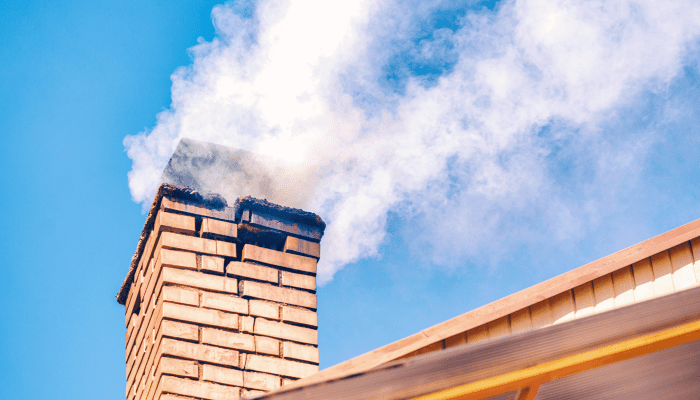Masonry has deep roots in society, with the expertise and care of masons evident all around us. From the basic make-up of a brick building or structure, to aesthetic flourishes for the home, we don’t have to look far to see masonry at work: but what do they actually do?
Masonry Structures
Masons make use of natural materials (such as stone, concrete, and clay) to build and repair both necessary and luxury structures. This could include, but are not limited to:
- Residential, commercial, and institutional walls,
- Walk and driveways,
- Brick or stone fireplaces, or
- Chimneys, including both the stack and cap.
Are you looking for attractive siding for your home, or a decorative walkway to your doorstep? Or maybe you’d like a rustic brick fireplace, or an attractive stone porch? In that case, you’re looking for a mason.
Notably, masons are called in to build (or rebuild) new structures. There are two several paths one can take, including but not limited to:
- Veneer Masonry,
- Brickwork,
- Stonework, and
- Concrete
Veneer Masonry
Veneer could cover an array of materials, but the fundamental idea behind this type of masonry is that there’s a pre-existing structure that can be built up around with masonry units. Whether a mason uses brick or stone, this veneer improves the overall look of a structure rather than increasing its strength.
Brickwork
As the name implies, brickwork covers structures or veneers made of brick and mortar. This can be done for both strength and aesthetic, as brick is a popular and rustic look for many structures and placed in such a way to increase its tensile strength. Depending on the desires of the client, brick can also be intricate and decorative.
Stonework
Typically far more customizable than brick, stone is stylish and aesthetically flexible in texture and colour. It also tends to have a broader application than brick, blending more naturally with the environment around it to create natural-looking and elegant pathways, fences, and siding.
Concrete
Concrete is typically more versatile than what people first picture: it’s able to be polished for use in interior flooring, is incredibly sturdy for household surfaces like sinks and countertops, in addition to its popular use in foundation, driveways, and staircases. It’s a strong material, both in tensile strength and durability: it’s no wonder that concrete is a popular masonry material.
Masonry Repair
Even the best built masonry structure is beholden to the elements, and so masonry repair is as much in demand as building brand new structures. Chimneys crack, brick deteriorates, and stone chips, and a good mason can perform durable and beautiful repairs to make the structure look new.
There’s various tools involved in the repair depending on the structure and what it’s made of, including but definitely not limited to:
- Hawk and Trowel
- Pointer Grinder
- Jointers
- Mixing Tools
- Brushes
Mason also employ standard leveling, squaring, and measuring devices commonly found throughout the construction industry. They may also employ special mortars, or tools to deal specifically with brick, stone, or concrete depending on the requirements of the job.
Safety in Masonry
Besides their construction and design skills, masons are also trained to safely work at heights, as well as use their tools and materials without doing damage to themselves or the buildings that they’re working on. With an open, accessible, and properly outfitted workspace, masons can safely and efficiently complete their build and repair jobs.
So What is a Mason?
A mason is a person with extensive safety and technical training, who can build and repair structures that are made out of natural materials such as stone, brick, and concrete. Masons and masonry have roots that run deep in human history, and often some of our greatest architectural achievements have them to thank for their durability and longevity. If you’re looking for an aesthetic upgrade to your home or property, or you need some structural touch-ups, you’re looking for a mason.





